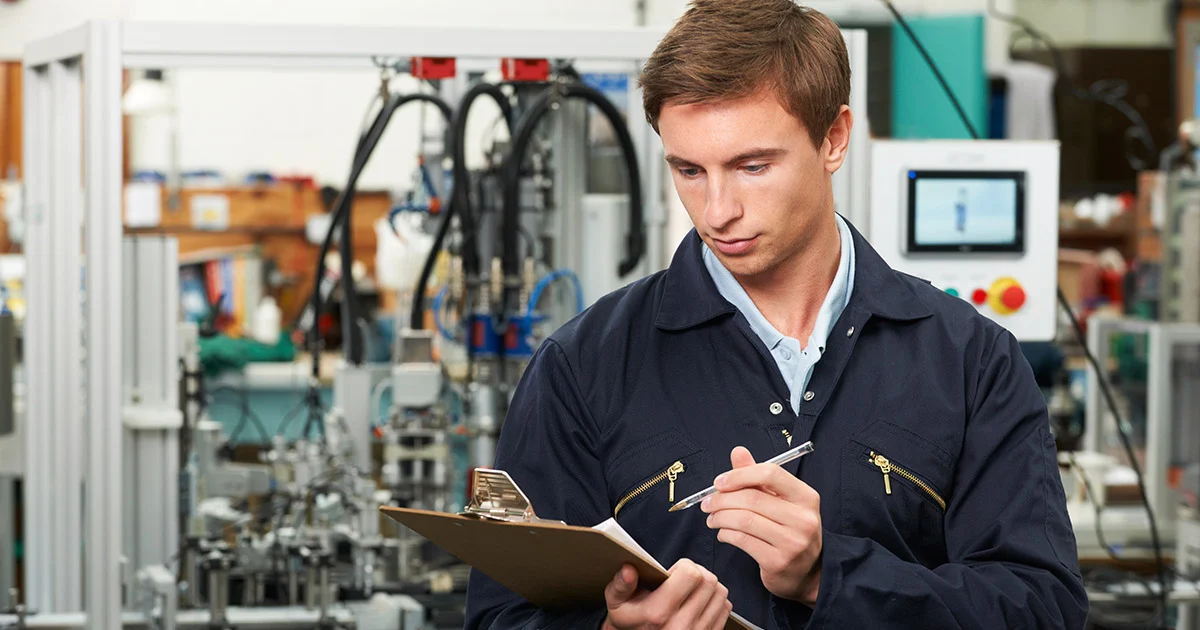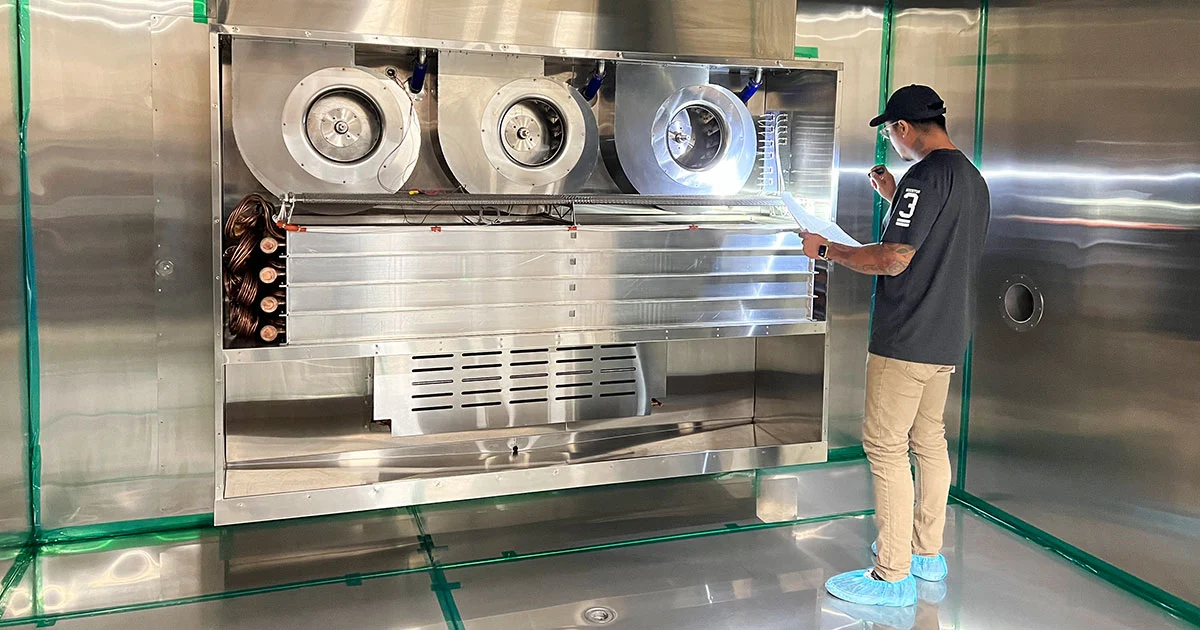Environmental test chambers play a pivotal role in research and product development across multiple industries. These sophisticated devices are engineered to replicate a wide array of environmental conditions, providing a controlled setting for testing the resilience and performance of materials, products, and electronic devices. The ability to simulate conditions like extreme temperatures, varying humidity levels, and even exposure to different weather conditions such as rain, wind, and salt spray, makes these chambers essential tools. They allow scientists and engineers to anticipate how products will behave in real-world environments, ensuring reliability, safety, and compliance with various standards.
Temperature and Humidity Control
The primary functionality of an environmental test chamber lies in its ability to control temperature and humidity with high precision. This is achieved through an intricate system of heaters, coolers, and humidifiers. Temperature regulation is typically managed through a combination of heating elements and refrigeration units. Modern chambers often use cascade refrigeration systems, allowing them to reach extremely low temperatures, essential for testing products like aerospace equipment or cold-weather gear.
For heating, electric resistance heaters are commonly used, capable of generating high temperatures required for stress-testing materials. Humidity control is equally important. Chambers usually incorporate steam generators or ultrasonic humidifiers to introduce moisture into the environment, while sensors continuously monitor and adjust the humidity levels to maintain the desired conditions.
Replicating Diverse Environmental Conditions
Beyond basic temperature and humidity control, advanced environmental test chambers can replicate a range of other environmental factors. This includes the simulation of sunlight using UV lamps, mimicking the effects of solar radiation on materials. For products exposed to coastal or marine environments, salt spray tests are crucial, and certain chambers are equipped to replicate these conditions.
Automotive and aerospace industries often require testing under simulated wind or rain conditions, for which chambers are equipped with additional systems. This ability to mimic a vast range of environmental conditions is what makes these chambers so valuable across different sectors.
The Control Systems: Precision and Programmability
The control systems in environmental test chambers are the brains behind their operation. They have evolved significantly with advancements in technology, now often featuring microprocessors or computer interfaces. This allows for precise control over environmental conditions and enables users to program specific test sequences. A typical test sequence might involve cycling through various temperature and humidity levels, simulating day-night cycles, or replicating seasonal variations. These programmed sequences can be repeated as needed, ensuring consistency in testing protocols.
Construction and Design: Ensuring Stability and Durability
The construction and design of an environmental test chamber are critical to its effectiveness. Typically built from robust materials like stainless steel, these chambers are designed to withstand the extreme conditions they generate. Insulation plays a crucial role in maintaining stable internal environments, preventing external temperature fluctuations from affecting the tests. Features like viewing windows and internal lighting are common, allowing for observation without interfering with the test conditions.
Wide-Ranging Applications Across Industries
The applications of environmental test chambers span across a multitude of industries. In aerospace, components and materials are tested for their endurance in extreme temperatures and conditions found at high altitudes. The automotive industry relies on these chambers to simulate the different climates a vehicle might be exposed to, from scorching heat to cold, ensuring durability and performance.
In the realm of electronics, manufacturers test devices to ensure they operate effectively under varying environmental conditions. Pharmaceutical companies use these chambers for stability testing, ensuring that medications remain effective and safe under different humidity and temperature conditions. The versatility and ability to simulate almost any environmental condition make these chambers indispensable in the pursuit of innovation and quality assurance across various sectors.
Innovations and Advances in Environmental Testing

Recent years have seen significant innovations in the field of environmental testing, particularly in the capabilities and functionalities of test chambers. One of the notable advancements is in the area of rapid temperature change rates. Modern chambers can now achieve more extreme rates of temperature change, which is crucial for thermal shock testing.
This kind of testing is vital in industries like electronics, where components may experience sudden changes in temperature. Another advancement is in the integration of more complex and realistic environmental conditions. Some chambers now offer combined tests, such as vibration testing in conjunction with temperature and humidity changes.
The Role of Environmental Test Chambers in Quality Assurance
Environmental test chambers play a critical role in quality assurance processes across various industries. By simulating harsh environmental conditions, they allow manufacturers to identify potential weaknesses in their products before they reach the market. This proactive approach to testing helps in mitigating risks of product failures, which can be costly and damaging to a company’s reputation.
Furthermore, these chambers are instrumental in ensuring that products meet international standards and regulatory requirements. For example, in the electronics industry, products must often comply with standards related to thermal and humidity resistance. The test chambers provide a standardized method to validate these compliances, ensuring that the products are safe, reliable, and of high quality.
Environmental Chambers and Sustainability

As global attention shifts towards sustainability, environmental test chambers are also evolving to meet eco-friendly standards. Newer models are designed to be more energy-efficient, reducing the overall environmental impact of testing processes. Additionally, the ability to accurately simulate environmental conditions helps in developing products that are more durable and sustainable. For instance, in the renewable energy sector, components for solar panels or wind turbines can be tested for long-term durability against environmental factors, contributing to the development of more sustainable energy solutions.
End Note
In conclusion, environmental test chambers are invaluable tools in the modern industrial landscape. Their ability to simulate a wide range of environmental conditions makes them essential for product development, quality assurance, and compliance testing across various industries. Innovations in these chambers, such as rapid temperature change capabilities and integrated vibration testing, have further enhanced their utility.
